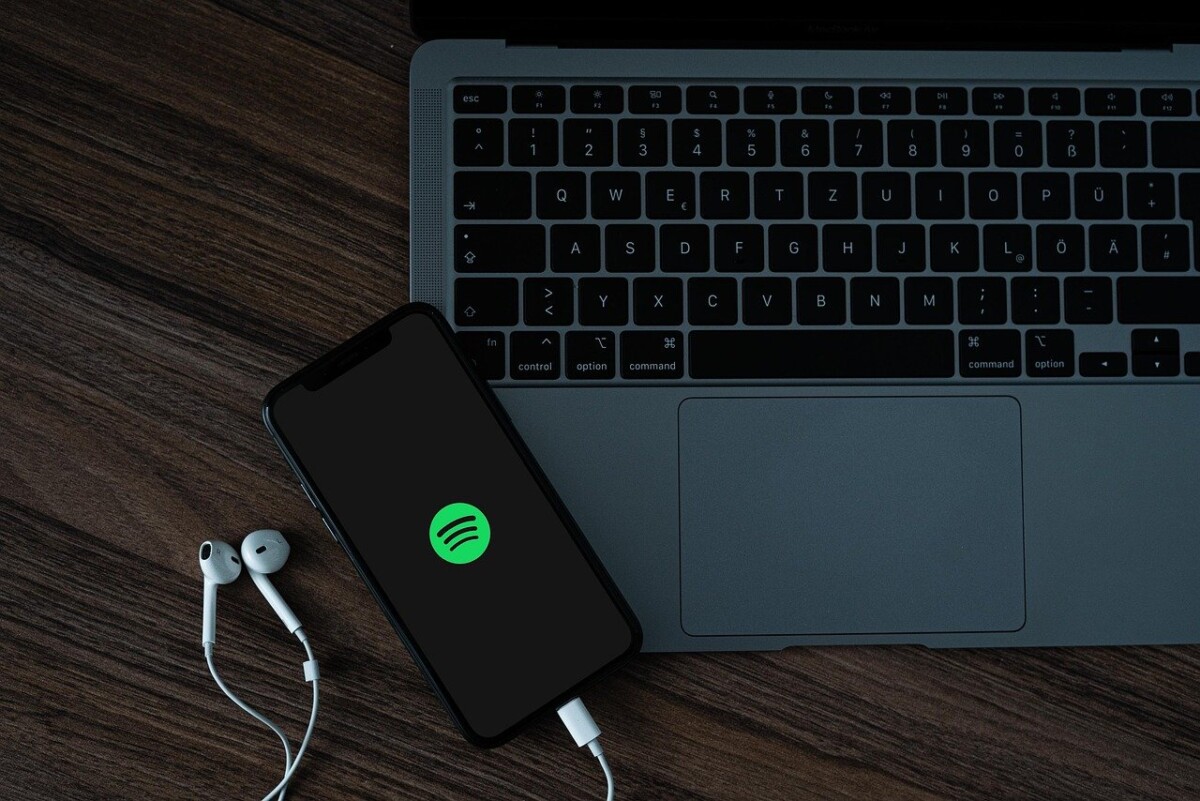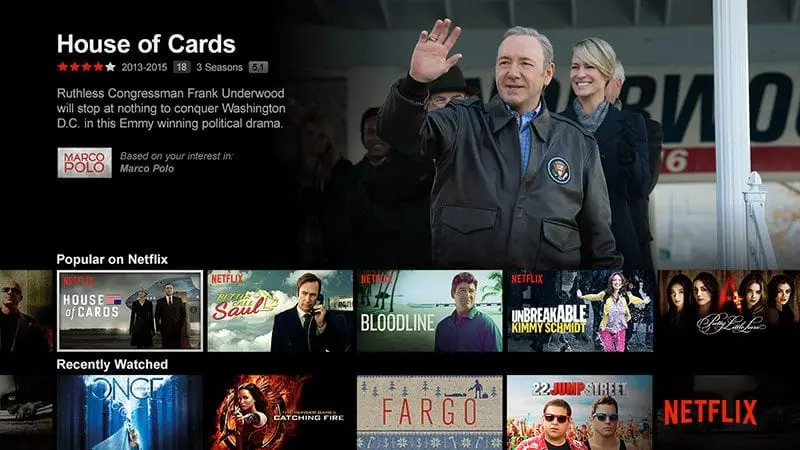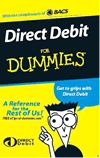Digital subscription payments: the next online fundraising game changer
In the past 25 years, the game changers in fundraising have come about through legislative or technological changes; a change in the law or regulations allowed charities to fundraise on TV, make all donations potentially tax effective and enable direct debits to be set up over the phone.
The penetration of the mobile phone has changed the way we give – in a few key strokes we can make a donation and then get on with watching TV, listening to the radio or any other activity. Now it is the turn of the web to make donations easier and fit for the 21st century donor. The question is – how?
Advertisement
Web payments are changing

Let’s face it, paying for things on the web is not a great experience. Compared to in-app experiences and the rise of contact less in the offline world, filling in web forms is becoming increasingly tiresome. Attempts to remedy this have, in the past been fragmented.
But all this is changing. Apple Pay for websites is due this Autumn and a brand new payments request API for all major browsers isn’t far off. Both these developments will revolutionise how we pay for things on the web and that is good news for both users and merchants.

The friction of typing in payment details and the fears about online fraud have also helped fuel the rise of digital wallets such as PayPal. In recent user testing sessions we’ve undertaken, there has been a definite rise in the preference of users towards these services, backed up with comments such as “it’s safer” and “it’s easier”.
What about regular payments? At the moment, the majority of UK charity websites only offer Direct Debit as a payment method for regular givers. As the one-off donation experience improves, payments by Direct Debit might be in danger of being left behind. What can we do to ensure online DD sign up rates don’t drop off a cliff as users get used to a much improved credit/debit/digital wallet experience?

The obvious answer is to give the user more options for how they give regularly. I pay for my Netflix and Spotify subscriptions by PayPal; chances are that if I’d had to dig around for my bank details etc, I might not have taken the compulsive decision to sign up for these services. Making a donation is not that different and we want to ensure that both dedicated and compulsive donors get a great experience.
[Video at https://www.youtube.com/watch?v=JPdr5mArTlw no longer available]
What would be the implications of adding recurring payments via PayPal or credit/debit card now? Firstly, they’ve got to be added to the donation funnels.
Technically, this isn’t that difficult. PayPal’s most popular integration type, Express Checkout, offers a recurring payments service. Modern payment gateways such as Stripe or Braintree offer great APIs to add potential donors to payment plans or subscriptions. The solutions above also offer webhooks which can be used to notify websites when new regular funds are received. This information can be passed directly or via middleware to internal charity systems.
Allocating funds
This all sounds cool but the accurate allocation of funds is obviously very important to charities. Direct debit payments are protected by a strict guarantee and most, if not all, charities have existing processes that reconcile regular payments with CRM info and finance systems. The process to reconcile other types of regular payments would need to be just as robust.
One element of this would be to correctly identify donors from the new channels as regular givers instead of recording their donations as a series of one-offs. Regular givers are very important to charities as the month on month income allows them to help plan the incredible services they provide.
Thus their valuable support needs to be accurately reported & recognised.
Another aspect to consider is what to do when a donor wants to cancel or update their payment amount. If the donation experience is linked to an account, then the potential for self-service can be realised.
This isn’t appropriate for most donation funnels and hence training will be required for staff to handle these requests from donors.
New money checks out fast
As web payments (finally!) start to improve, users who want to give regularly will expect a better experience and they may well be put off if charities cannot keep pace and offer payment options that suit changing behaviours and technology. The donor of tomorrow will give regularly, just not the way we know it.
As PayPal so eloquently state in their latest TV ad, “old money fills out forms, new money checks out fast”.
Louise Ryan is Head of Digital Product Development at WPN Chameleon, an integrated digital and direct marketing agency and a leading online donation platform implementor for charities.
More payments news
- The Big Issue and iZettle roll out contactless payments nationwide (10 September 2019)
- Revolut to let customers round-up card payments and donate the change to charity (4 July 2019)
- Call for entries in Emerging Payments Awards’ charity category (17 May 2018)




